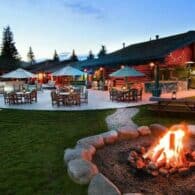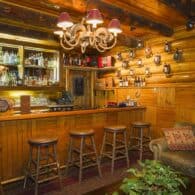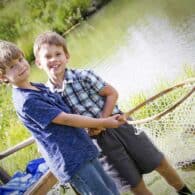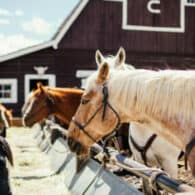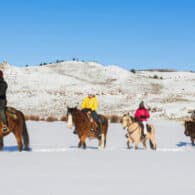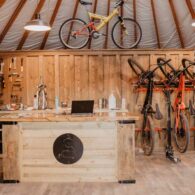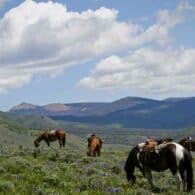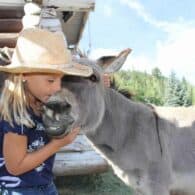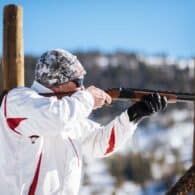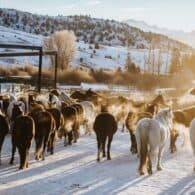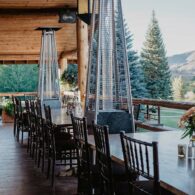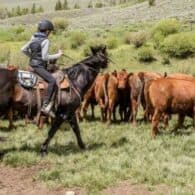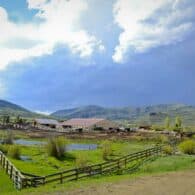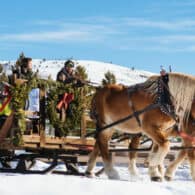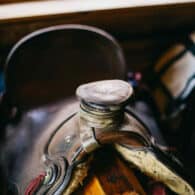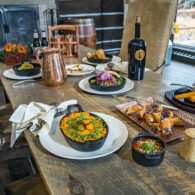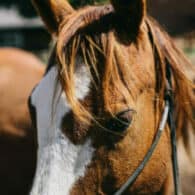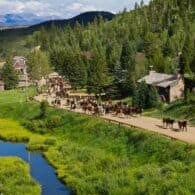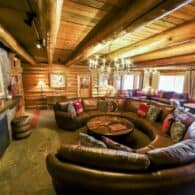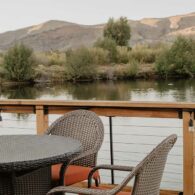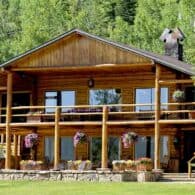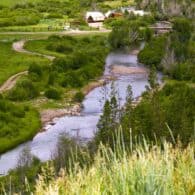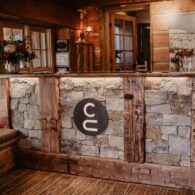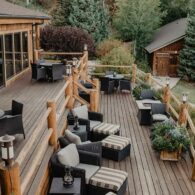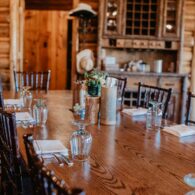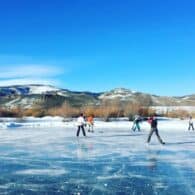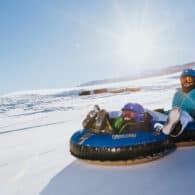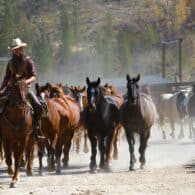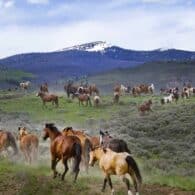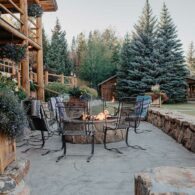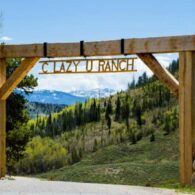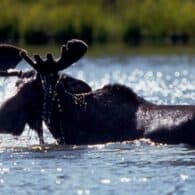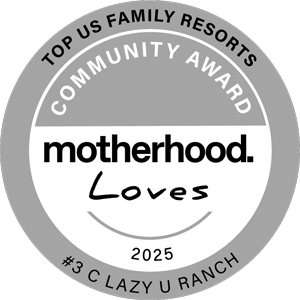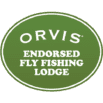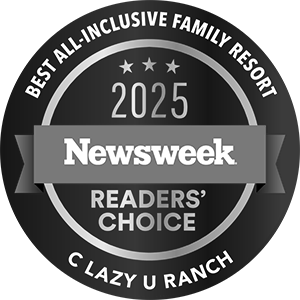Nothing connects you to the cowboy lifestyle quite like saddling up for the first time. You feel the smooth leather of the saddle, hear the creak of your boots in the stirrups, and sense the quiet strength of the majestic creature beneath you. Only at C Lazy U Ranch can you experience the authentic thrill and freedom of the West as you escape by horseback into 8,500 acres of jaw-dropping, natural American beauty.
But, if you’ve never been around horses before, certain words or phrases can come across as confusing. It’s our goal to make you as comfortable on the ranch as a practiced cowboy, so we’ve compiled this list of basic horse riding terms to help you prepare for your first ride.
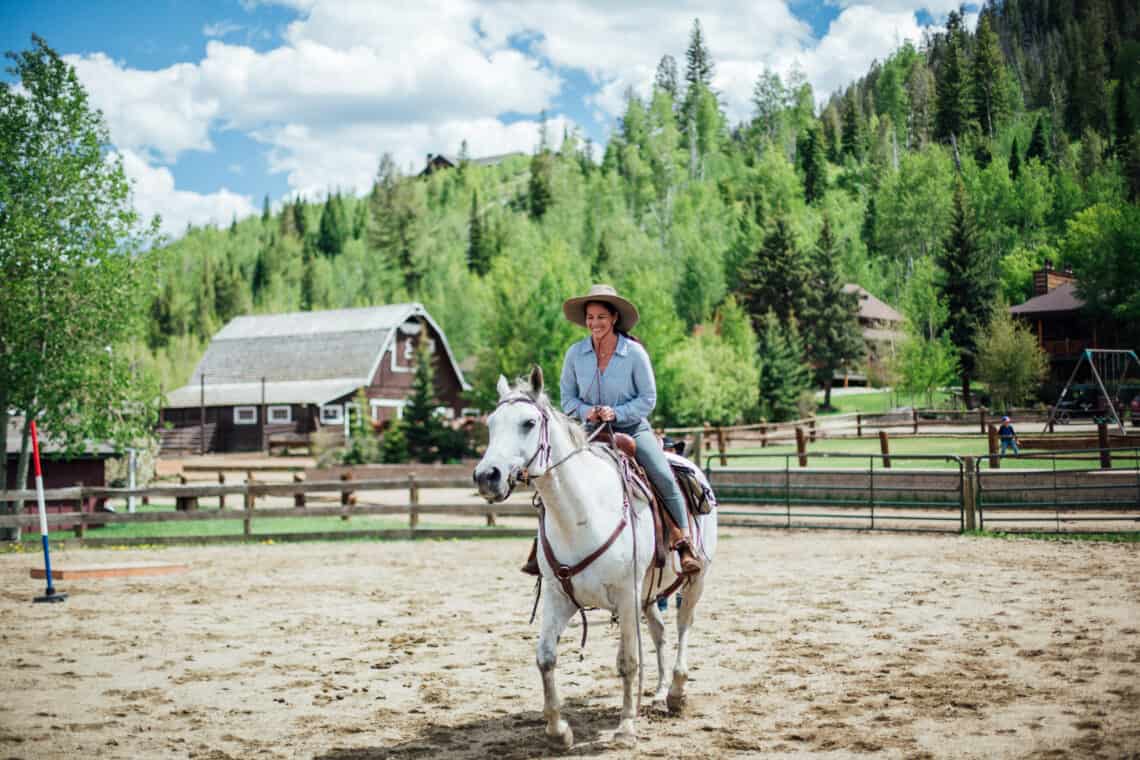
Glossary of Basic Horse Terminology
General Horse Terms
- Equine – A term referring to a horse, or anything relating to horses.
- Foal – A young horse, especially a newborn or a horse under a year old.
- Weanling – A young horse that has been weaned off its mother’s milk.
- Yearling – A horse between one and two years old.
- Colt – A young male horse under four.
- Filly – A young female horse under four.
- Mare – A female horse over the age of four.
- Stallion – A male horse over the age of four.
- Gelding – A castrated male horse, often calmer and easier to train.
- Mini – A miniature horse breed known for its small size and gentle demeanor.
Horse Anatomy & Identification
- Mane – The long hair along the top of the neck.
- Hoof – The hard foot of the horse.
- Croup – The top of the horse’s hindquarters.
- Withers – The ridge between a horse’s shoulder blades, where height is measured.
- Fetlock – The joint just above the hoof.
- Pastern – The sloped area between the fetlock and the hoof.
- Coronet – The area where the hoof meets the leg.
- Cannon – The long bone between the knee and fetlock.
- Hock – The joint on the back leg that acts like a human ankle.
- Coffin Bone – The main bone inside a horse’s hoof.
- Near Side / Off Side – “Near” is the horse’s left side (where mounting happens) — “off” is the right.
Types of Horse Gait & Movement
- Gait – The term for the speed and movement of a horse.
- Trot – A type of gait faster than a walk, where the horse moves its diagonally opposite pairs of legs together.
- Lope – Also known as the Western Canter, a lope is a gait between a trot and a gallop, consisting of three beats.
- Gallop – The fastest gait of a horse, featuring a stride where all four of the horse’s legs are off the ground at once.
Riding Basics
- Mount / Dismount – Getting on and off a horse.
- Lead Line – A rope used by an instructor to lead a beginner rider’s horse.
- Posting – A rising and sitting rhythm used while trotting.
Aids – Subtle rider cues (legs, hands, voice, seat) that guide the horse. - Above the Bit – When a horse lifts its head to avoid contact with the bit.
- Sound / Lame – A “sound” horse is healthy and moves well, whereas “lame” indicates pain or injury.
Gear (Tack) Terms
- Tack – Equipment used for the riding or training of horses.
- Saddle – A piece of tack that acts as a rider’s seat.
- Bit – The metal part of the bridle that is placed in the horse’s mouth to allow the rider to control the horse.
- Bridle – A piece of tack consisting of straps that are worn over the horse’s head. The bridle connects to the bit and the reins.
- Rein – A long strap or rope that a rider uses to control (or “rein”) a horse.
- Stirrup – A ring or loop extending down from the saddle to support a rider’s foot while mounting or riding a horse.
- Shoe – A U-shaped piece of metal that is nailed or glued to a horse’s hooves to protect them from damage or injury.
Western & Ranch Lingo
- Wrangler – A ranch hand who cares for and rides horses.
- Dude – A city slicker or guest unfamiliar with ranch life (don’t worry, we love you).
- Round Pen – A circular training area for horses.
- Trail Ride – A guided ride through the ranch or wilderness.
- Saddle Up – Get ready to ride!
- Dry Lot – An area with no grass, used for feeding or housing horses.
- Paddock – A small fenced area where horses can roam.
- Pasture – A larger, grassy area where horses graze.
- Jingle – The time at C Lazy U when the herd enters and leaves the pasture. This happens early in the morning and at night. The term “jingle” comes from when cowboys would attach jingle bells to their horses, both for awareness of the animals’ movements and to calm them.
Looking for western lingo with a little more kick? Check out our list of authentic cowboy slang!
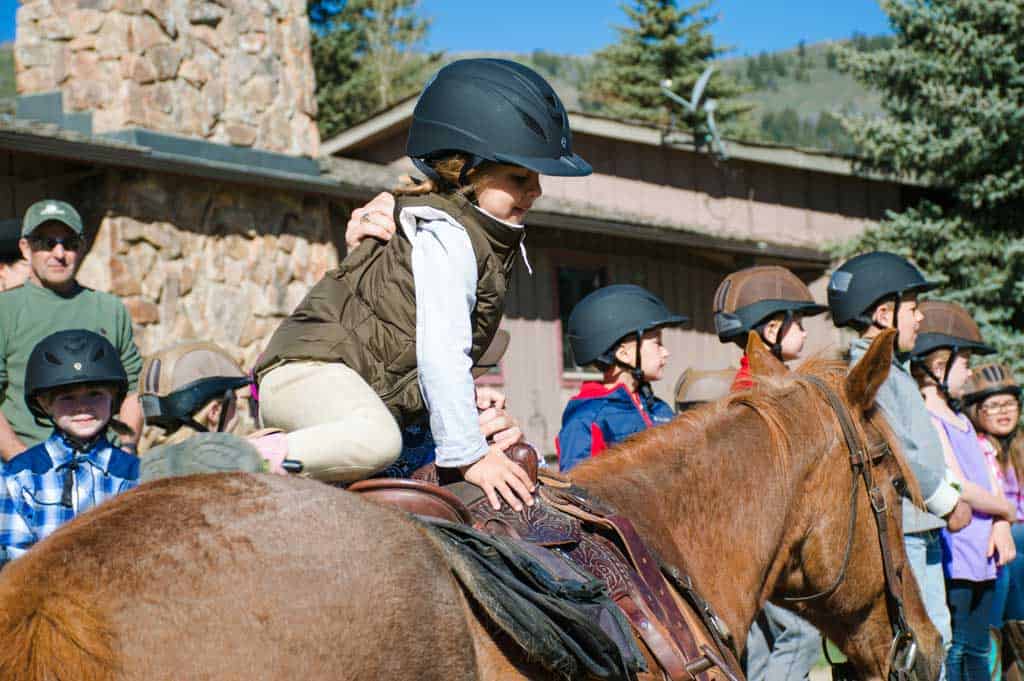
Itching to Get in the Saddle?
You don’t have to speak fluent “horse” to ride at C Lazy U Ranch — but now you’re one step closer. Ready for more? Our list of Beginner Horseback Riding Tips will give you a jump on your perfect horseback riding vacation! At C Lazy U Ranch, you’ll find a riding experience for any age or skill level, all-year-round. Ourteam of world-class wranglers is careful to match each rider with one of our many well-trained horses for every ride, in order to ensure the best fit for riding ability as well as personality. If you can’t wait to ride out into the West, start planning your stay or contact us today!


